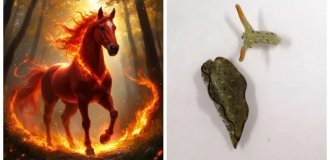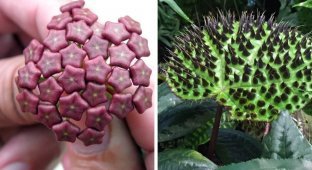This is how ficuses, or killers in the world of plants (6 photos)
The unearthly beauty of these exotic plants fascinates, and their unusual lifestyle repels. 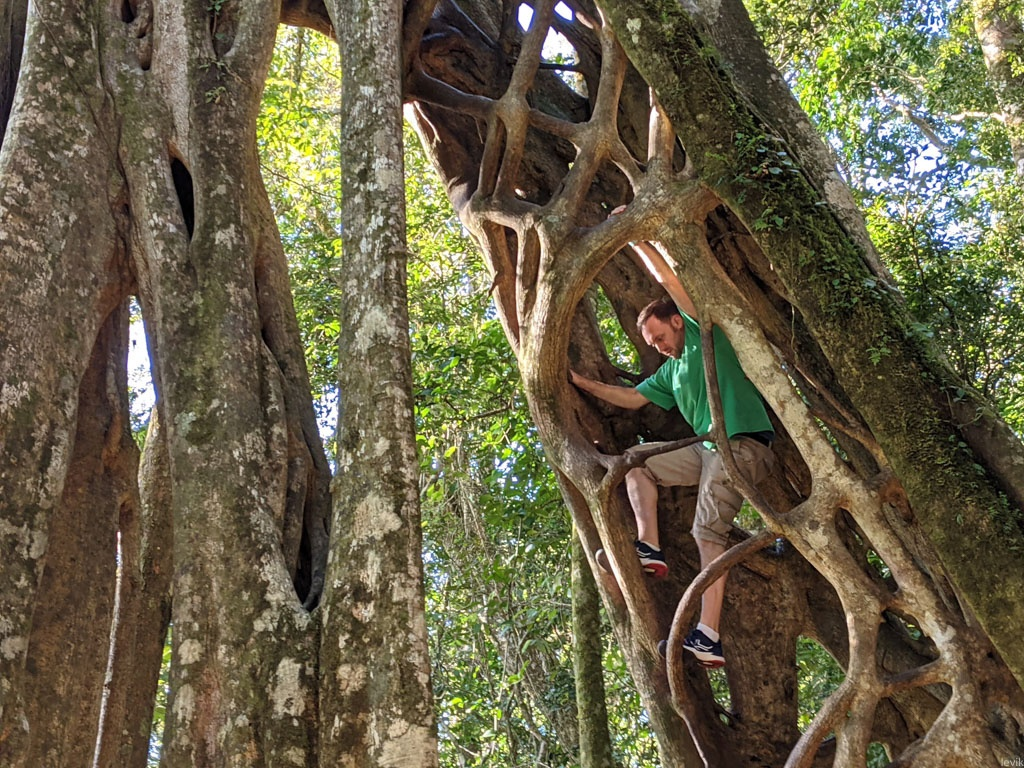
It is not for nothing that these ficuses are called stranglers, because the close neighborhood trees with them often leads to the death of unsuspecting plants. 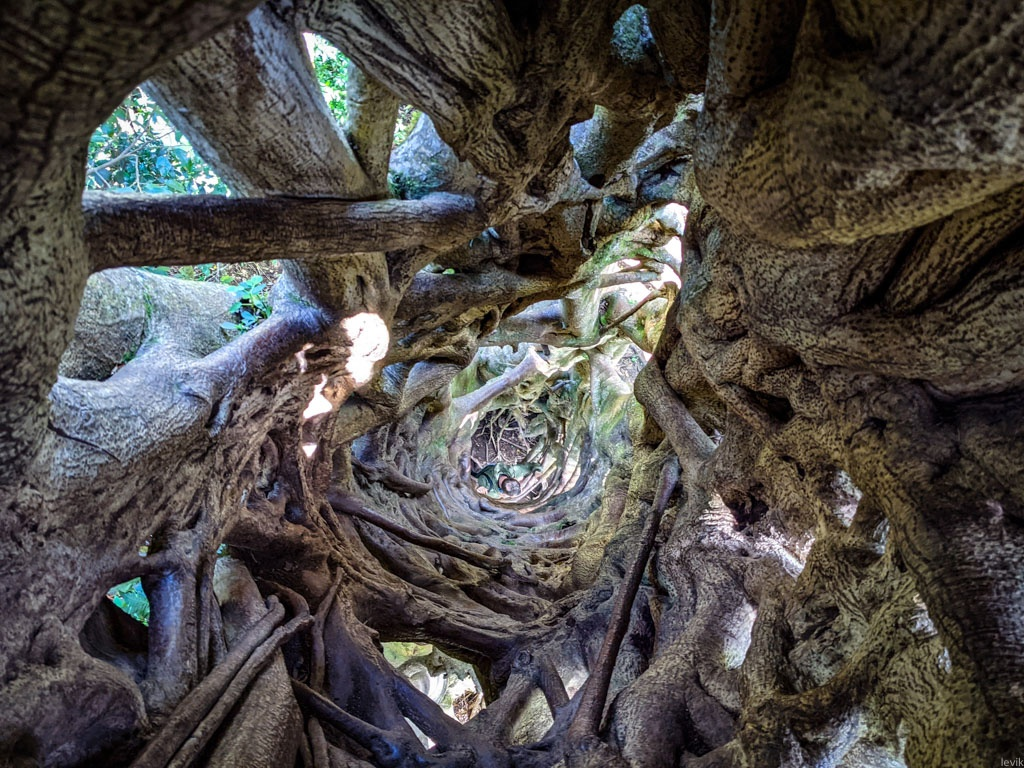
Inside the strangler ficus
Ficus-stranglers, or figs-stranglers - that's what they call some plant species of the hot tropics and subtropics. Wide they are common, for example, in India and Southeast Asia. because of lack of sunlight in dense rainforests, these plants acquired a rare adaptation - a kind of "suffocating way of life". seeds these ficuses (and not only them - there are stranglers among others semi-epiphytes), actively spread by local birds (zoochory), fall into the cracks in the bark of an unfortunate tree and sprout on it. On the bark grow is not too satisfying - both water and mineral nutrition elements are not linger if no effort is made to do so. Semi-epiphytes, including stranglers prefer to grow roots down to the ground. Then you can already begin to grow in other directions - in thickness, in height. Growing up, the plant gradually begins to tightly wrap around the tree trunk. 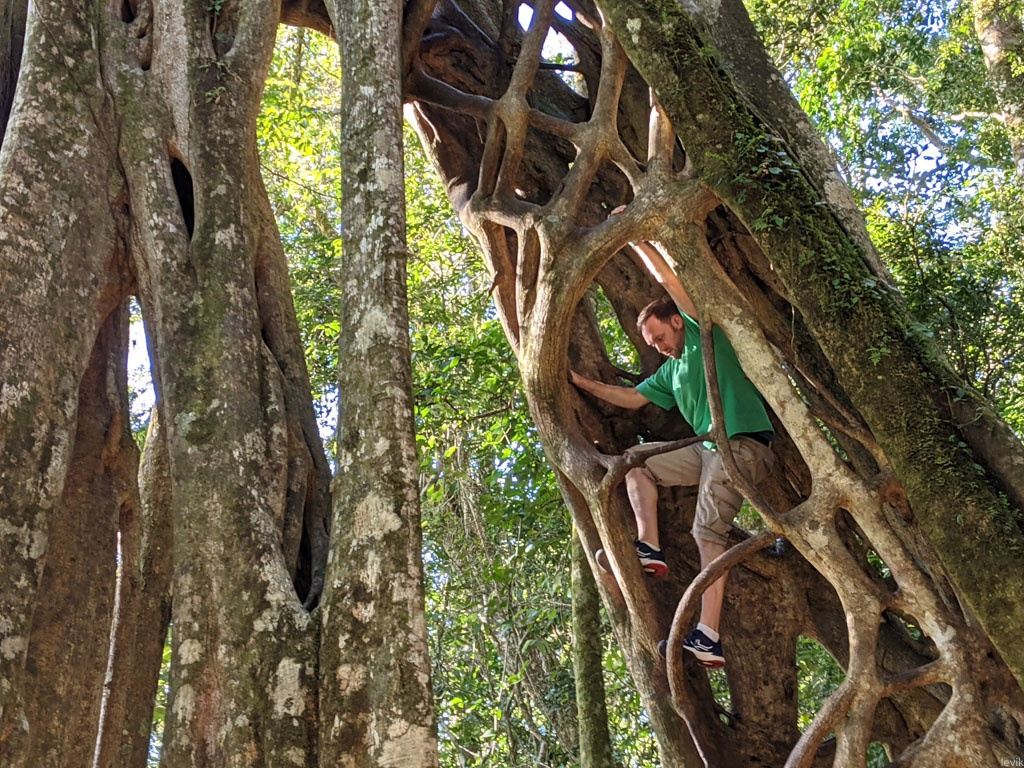
Tourists on a living staircase
The main goal of the strangler ficus is to rise as high as possible, to such desired and necessary for each plant to the sun's rays. Highly often the host plant dies, unable to withstand the "suffocation" enterprising neighbour. Ficus aerial roots form a dense hard carcass around the trunk of the host tree, preventing its growth and development. BUT after his death, the fig-strangler continues to live independently in the form a special "columnar tree" with a hollow center inside, since the host plant eventually rots and turns into dust, yielding the place of ficus in this difficult struggle for survival. 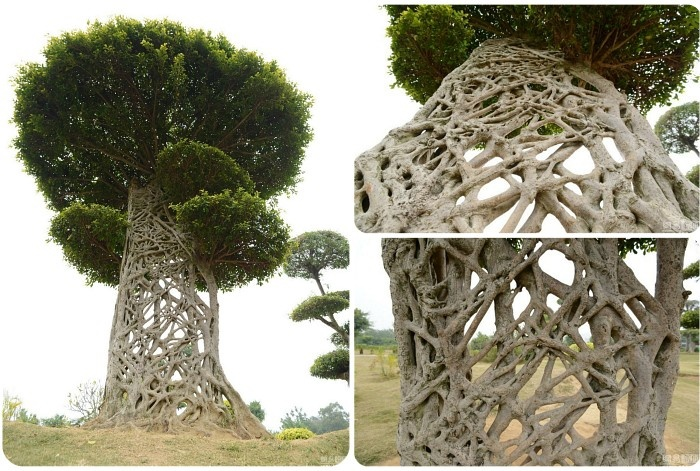
living shell
Inside unusual ficuses, some tourists even manage to climb, reaching the very top of the plant. People compare fig stranglers to aliens, fantasy characters, lace fabric. intricate complex the interweaving of the roots of this plant really evokes different fantastic images. It has been noticed that ficuses are able to entangle not only plants, but also old abandoned buildings, such as ancient palaces and temples in Cambodia, in the ancient city of Angkor Thom. 
Forked ficus strangler
The life cycle of a relative of indoor ficus can cause one person condemnation, another - admiration. But completely one thing is clear: the enterprise and vitality of this plant definitely not to occupy, but the interweaving of aerial roots of the ficus-strangler create an unusual picture that attracts many curious tourists. 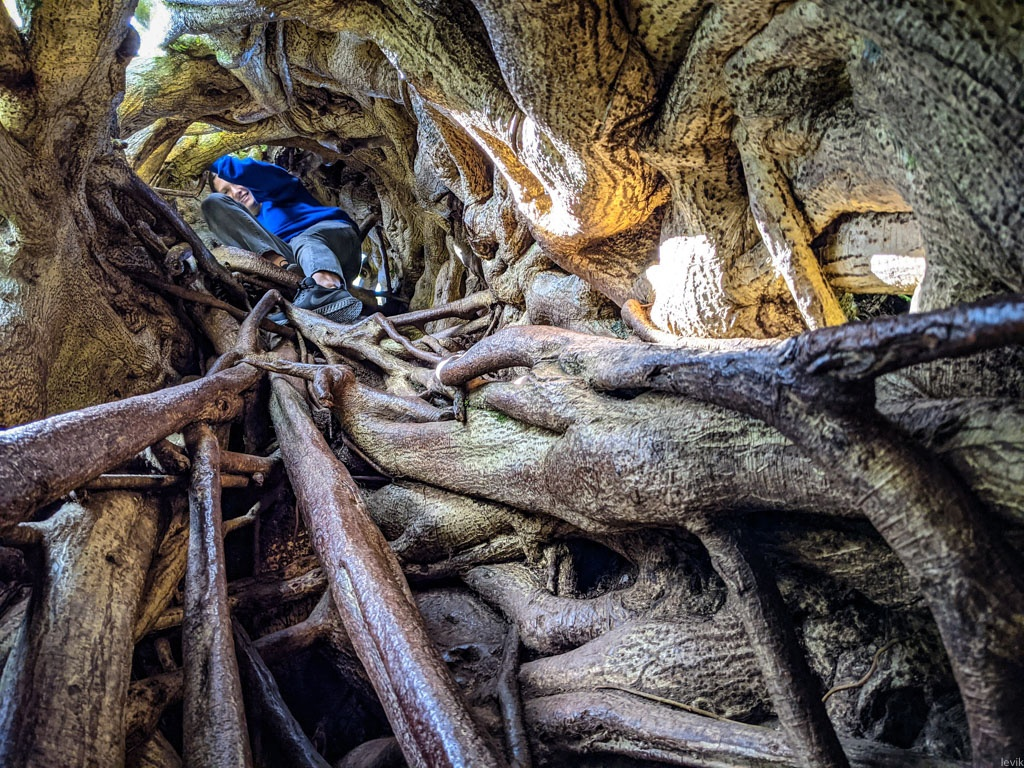
living staircase






